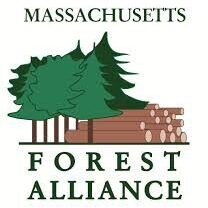The Northeastern States Research Cooperative at UVM Burlington will hold a one-hour Surprising Red Spruce Growth Resurgence – Causes & Implications webinar on December 21st from 10 to 11 a.m.
Investigations of high elevation red spruce provides the best documented evidence of the influence of acidic deposition on calcium depletion from soil that predisposes trees to growth declines and mortality.
Following decades of decline, red spruce in the Northern Forest are now experiencing a marked upsurge in growth. The cause for this surprising growth improvement is unknown. Theories include recent reductions in pollution inputs that may have reduced soil acidity and allowed for improvements in soil calcium. The climate has also changed to include warmer winters and earlier springs, which may not only reduce likelihood of winter injury to red spruce foliage but also increase photosynthesis and tree growth.
Dr. Shelly Rayback, Associate Professor of Geology at UVM, will present the findings of this work and how it relates to policy makers and managers assessing the influence of pollution inputs on forest productivity and ecosystem health.
Professor Rayback is interested in the response of trees and shrubs to climate and other environmental changes across varying temporal and spatial scales. She uses dendrochronological (the study of tree rings) and stable isotope analysis techniques on long time series derived from arctic and alpine dwarf shrubs and from eastern North American tree species to understand the influence of climate on plant growth and reproduction, and to reconstruct climate.
To register for this webinar, go to https://zoom.us/webinar/register/3418a93cef2db4a74ac87b605f06faf5
